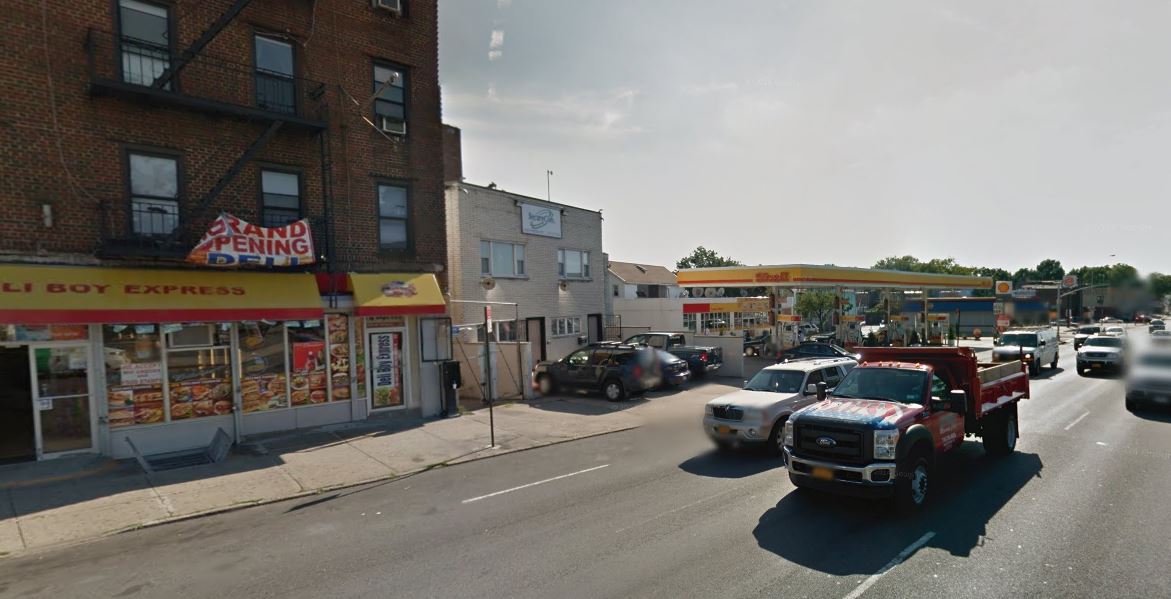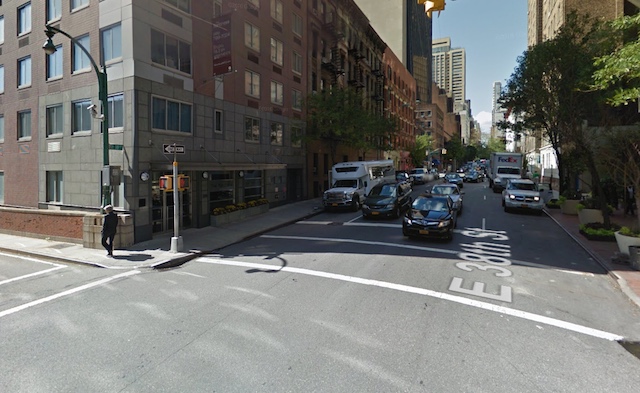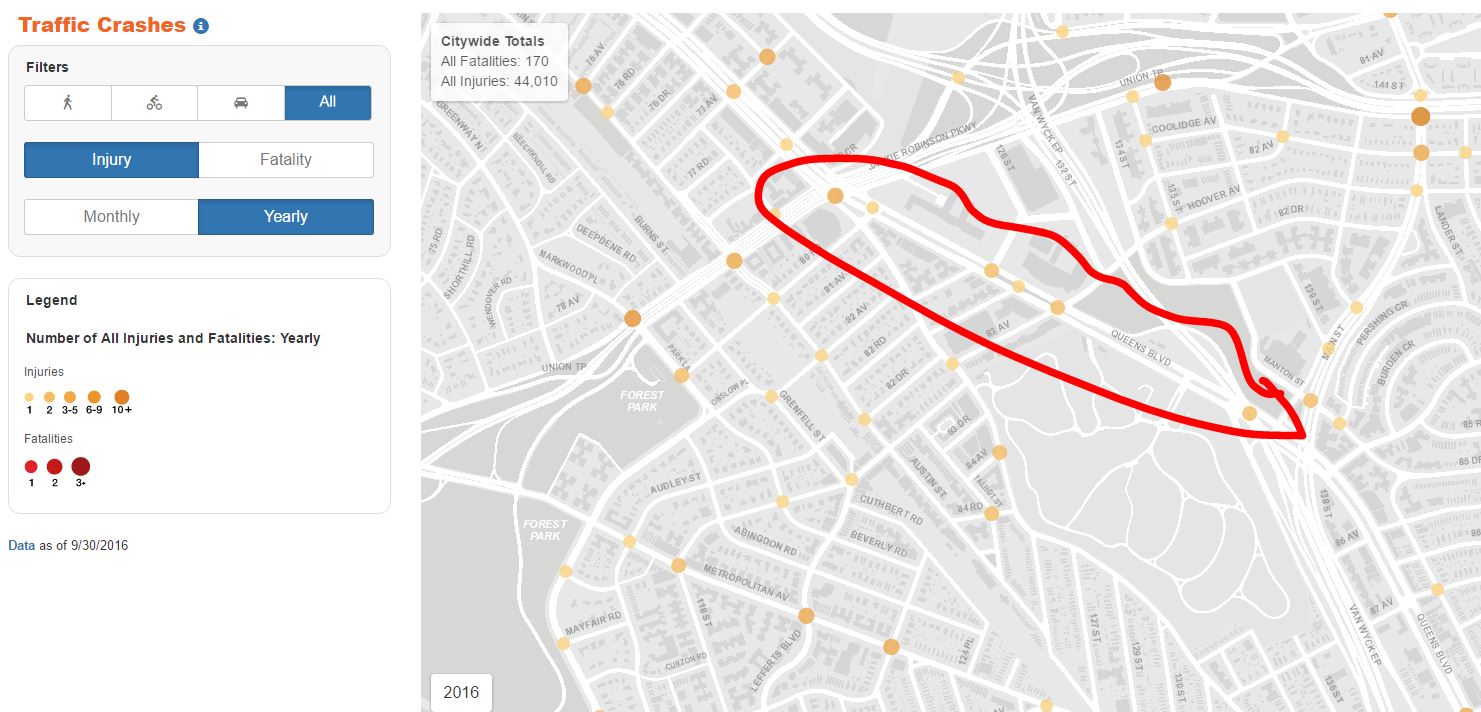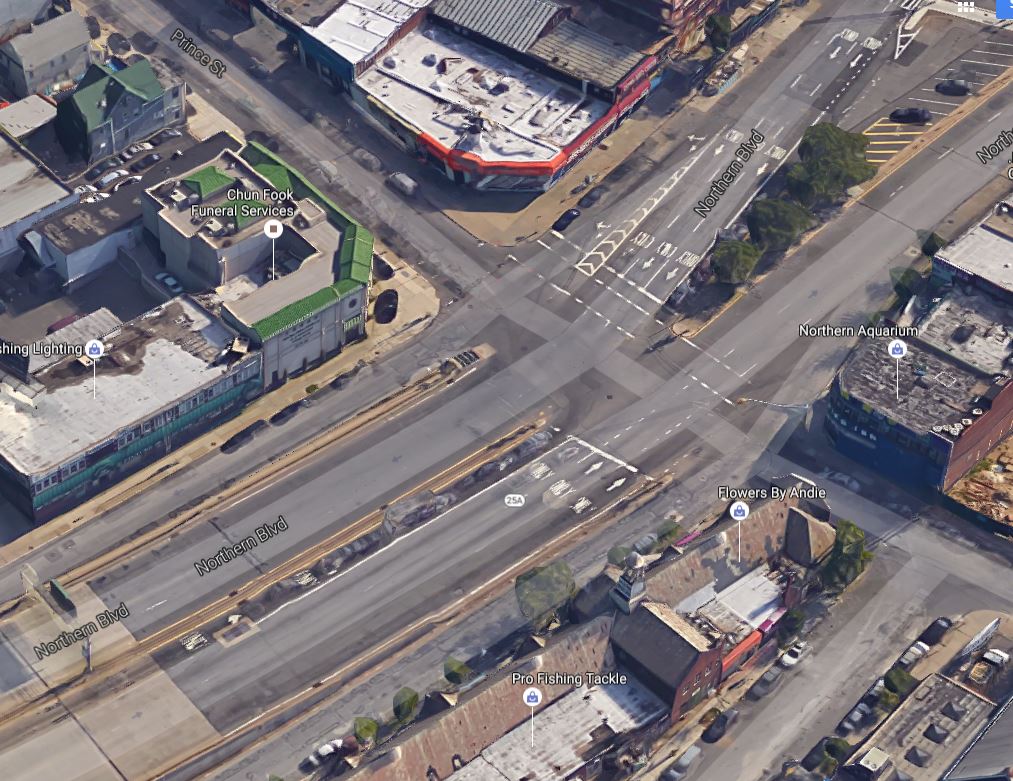11 year old pedestrian critically injured in a car accident in Queens, NYC
A 11 year old boy suffered critical injury in a NYC car accident. The young boy was crossing the street at the intersection of Willets Point Blvd and 148th Street in Flushing when a SUV struck him. A witness said she saw the boy flying and then falling on the ground. The boy was rushed to the hospital in critical condition. Further investigation will determine the exact cause of the accident. Read more in the NY Daily News
 New York Personal Injury Attorneys Blog
New York Personal Injury Attorneys Blog








